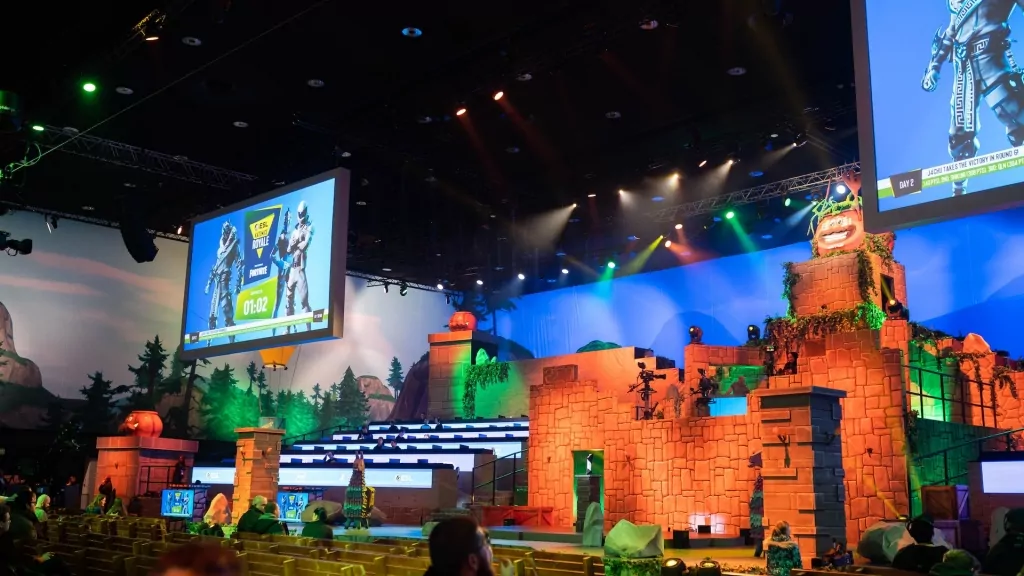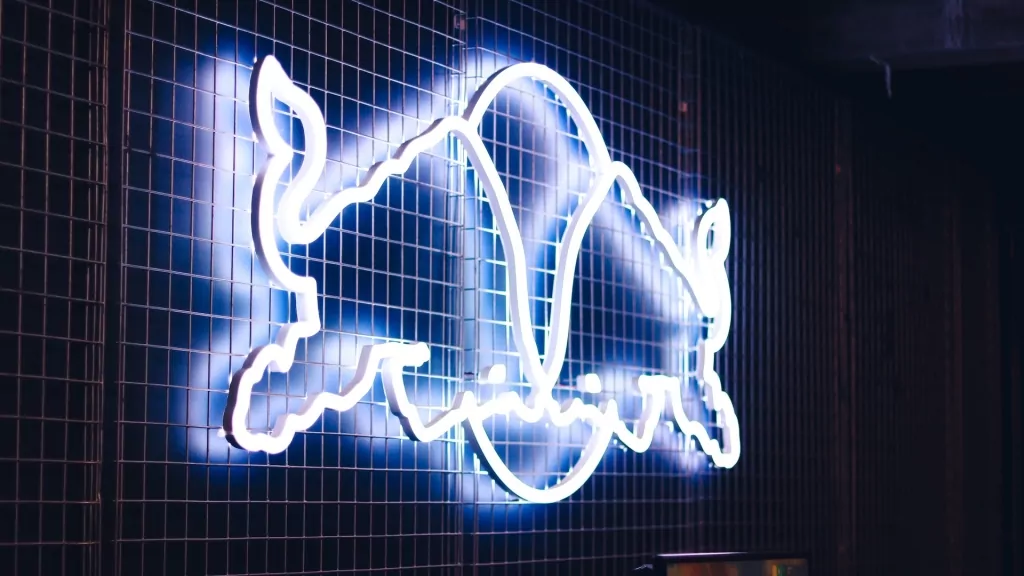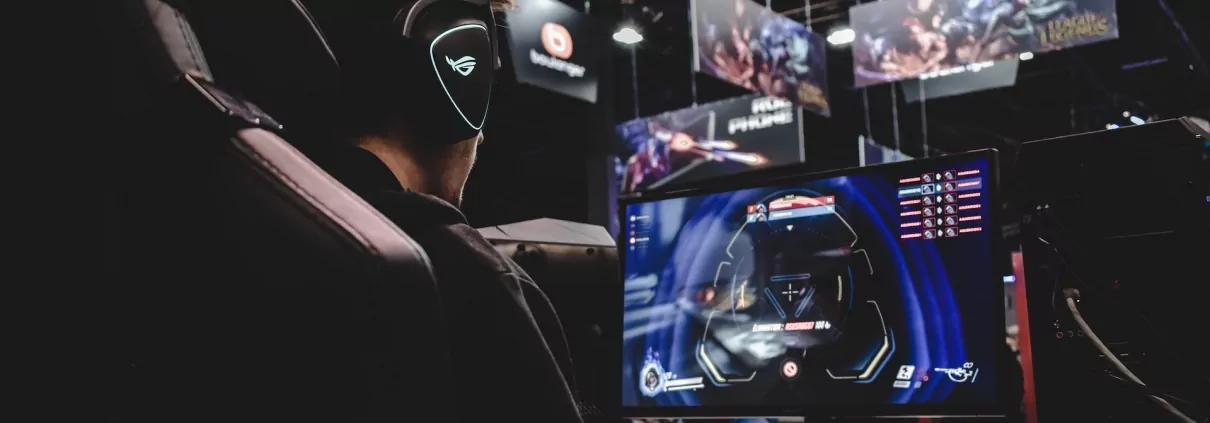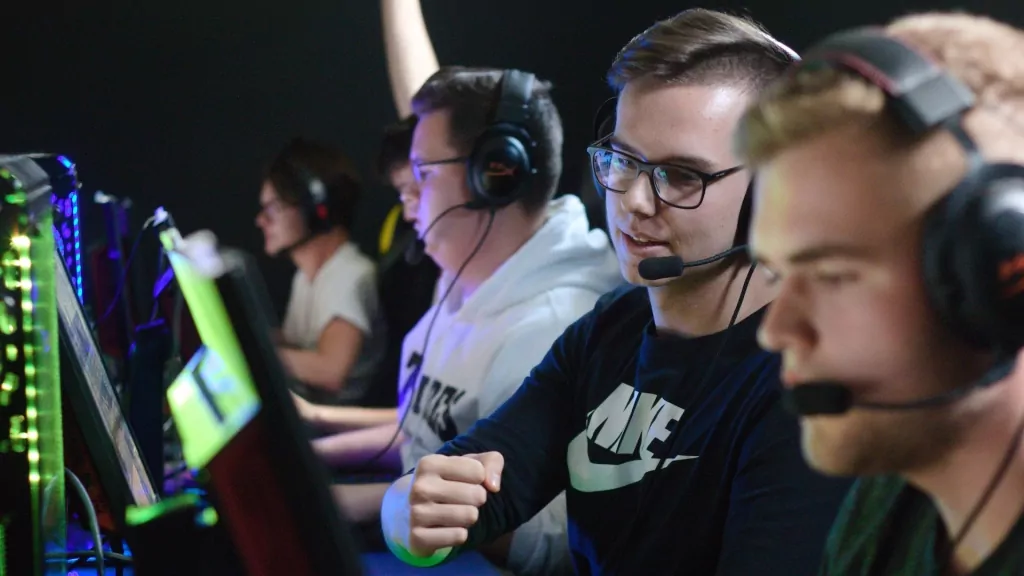How Esports brands leverage analytics at shows
The Esports industry growth over the past decade is simply spectacular. While the headlines are all about cash prize records for tournaments winners, the ecosystem on its own experienced immense success. Brands who believed early in Esports established themselves as strongholds here, while the potential for growth also allows non-endemic brands to continually join and set a foot in this market.
Coming from a background of managing tech activations, we’ve been at the front-row witnessing the birth of this now multi-billion dollar industry. We’ve seen waves of changes and participated in several mega-events in Esports & Pop-culture alike. It’s been a marketing real-estate land-grab, a gold-rush that came at great costs for participating brands.
Today, we take a look at how Esports brands leverage analytics at shows like PAX and Comic-Con alike. We list their top 3 reasons for using analytics at these mega-shows and we look at how data, metrics and expertise helps them shape new engagement strategies for the Esports events of tomorrow.
Understand visitors
The foundation of all experiential marketing is to deliver a deliberate added-value proposition to visitors. In this day and age, a purely product-oriented vision won’t work. (period.)
To do so, one must understand the audience. Most of our clients come-in as they realize how little they actually know about their audience – and as surprisingly as it may sound; first to ask us for help are endemic brands.
These brands have often been established for a while within the now-called esports market. These players are extremely capable at delivering quality products to the market and enjoy reputation as well as great brand awareness. Ironically, as social-born communities grew, they were not able to respond and lost slightly track of who their customers really are. The outcome often being poorly executed events, activations that are uninspired, “repeats” of “what we’ve always done”, and the list goes on.

Esports tournaments by ESL
It takes courage to go beyond denial and admit to have lost track of your own customers. Companies who do so are ready to make changes and can quickly flip back to a positive state. Practically, through analytics they are able to find out who their visitors are, what they are interested in and focus their engagement efforts towards experiences that resonate.
Metrics they can trust & the leverage of financial partnerships
Is our investment worthwhile? In Esports costs only go up. Some refer to Esports as a growing bubble while others argue that yesterday was the best day to invest.
No matter on which side you stand, metrics are key to prove results, validate a strategy and comfort to expectations. ROI or ROMI is the cornerstone for all stakeholders. It is so for the brand, for its management but also to investors – all eager to see if the capital deployed in physical Esports events had an impact.
A major show in Australia will run you $100k+ USD for a decent booth, and you might make $30k revenue off sales at the booth (at smaller than normal profit). This amount is equal to or at least 50% of many companies community & marketing budgets in the region.
I’d like to know more about how brands value their investment at these shows. (Chris Smith – bigesports.gg)
When every single product interaction can be quantified, when every single engagement can be measured, and when each activation can be compared to another as they evolve trough time – then only can decision-makers truly know what’s happening. They can use this input to learn how to target opportunities or redirect efforts. No more guessing, no more waste.

Redbull logo at their own Esports event
We work with clients that attend 5, 10, 15 and more “mega-shows” each year. Their events team spends between 10 to upward 30 millions dollars a year on these events alone. This is where a trusted third party source of performance data can help secure budgets, leverage strategic financial partnerships with major suppliers and help control costs in an intelligible way. And the gains are huge!
Metrics driven decision making with proven results
Finally, brand executives involved in Esport are turning to metrics as their go-to input to steer the decision making process. We’ve been observing this first hand from our own clients. The transition to metrics as a daily driver helps to increase confidence as input from qualitative sources is channeled to assess human interactions with more benefits for visitors. Metrics are used for online retail, SEO, advertising and manufacturing – now, events too!
Typical Example:
For a question like: “Management: Was it a good event?”Classic answer: “Event Manager: Yes, best event ever” (its always the best event if you ask me)
The new norm: “Event Manager: We’ve had 54,230 visitors over the weekend, that’s a 12% growth from last year. An average visitor spend 3 min 23sec with us. We’ve also observed a strong growth at our XYZ showcase area at the booth, we should run some A/B tests at our next show to validate the opportunity”.
And at the same time, while the staff isn’t busy counting their interactions with old-school methods (with clickers), they are now able to focus on the face-to-face interactions with visitors. Now establishing these thought-after relationships that matter so much for brand-loyalty and future sales.
We’re most likely biased to say so, but we believe that it’s a no-brainer.
Last words
There is no denial that Esports represents a huge opportunity for brands willing to invest. While the landscapes of mega-events becomes ever more consolidated & expensive, choices have to be made:
- What events are worthwhile attending?
- Do we generate meaningful engagements?
- Are we on the right course? Do we make progress?
- How are our Returns On Marketing Investments (ROMI)?
It will be crucial for event managers and executives to support choices with assertive data. Major players today use analytics already to do so – and they are already reaping the benefits.
Illustration: Florian Olivo

 Florian Olivo
Florian Olivo
 Greyson Joralemon
Greyson Joralemon
 jose-carbajal
jose-carbajal Event Analytics
Event Analytics Element5 Digital
Element5 Digital Kirk Morales
Kirk Morales Louis Reed
Louis Reed